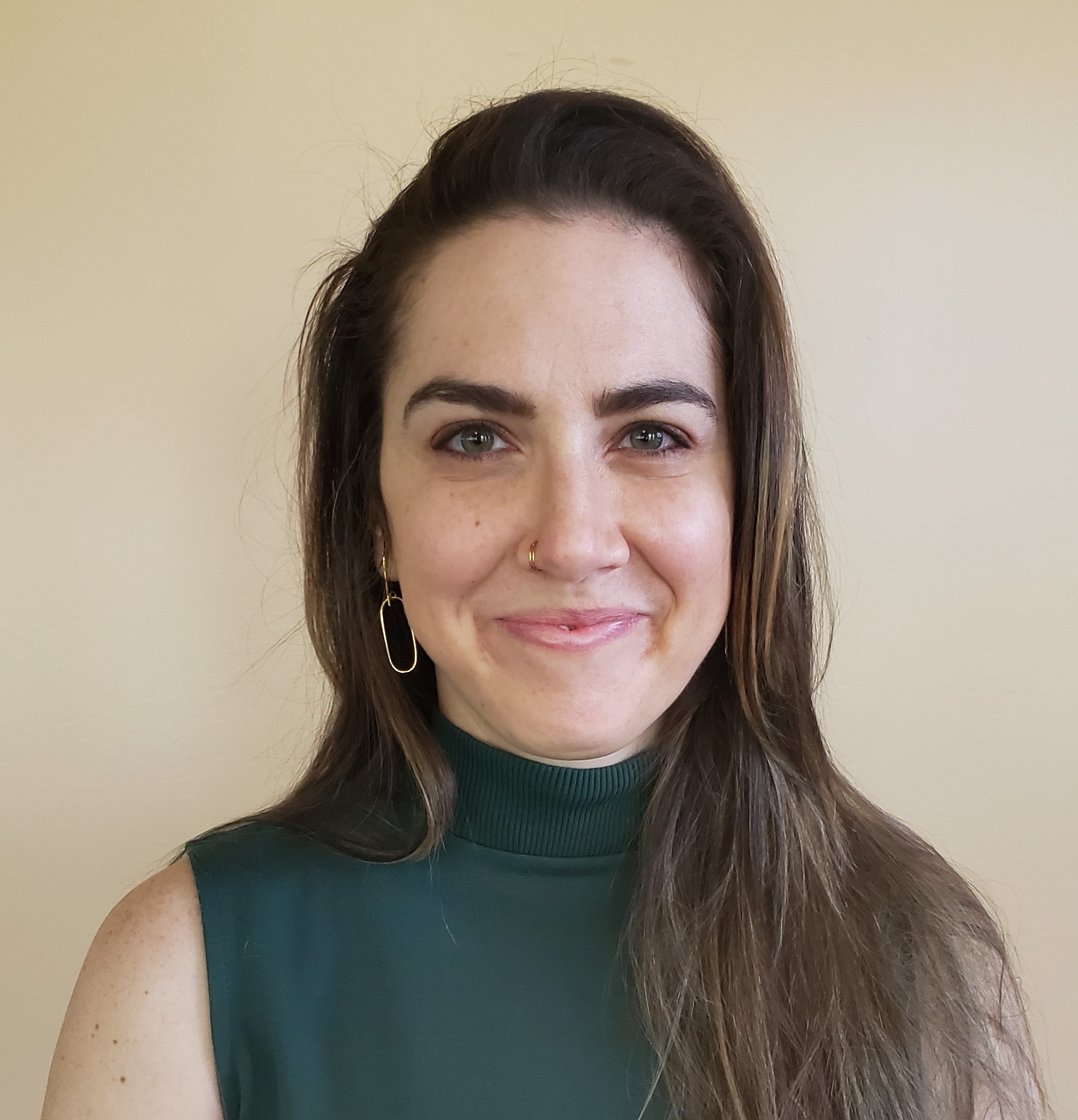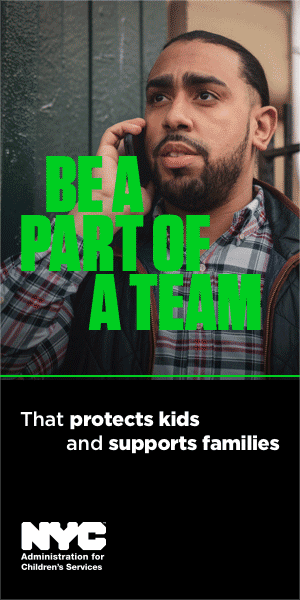By Alex Karydi, LMFT, Director, Behavioral Product Development, VNS Health
June 23, 2023
HEALTH - The teenage years can be rough—particularly these days. Increasingly, young people navigating the road to adulthood face debilitating insecurity, loneliness, depression, and worse. Kids often have a lot to carry on their shoulders, and when this burden becomes overwhelming the consequences can be devastating. Today, there is growing concern among parents, teachers, and behavioral health providers about how to identify and communicate with children whose struggles put them at risk for suicide and self-harming behaviors.
The CDC reports that suicide rates for young people between the ages of 10 and 24 are the highest they’ve been in years. For members of the LGBTQI and BIPOC (black, indigenous and people of color) communities in this age group, the numbers, sadly, are even higher. Experts say this increased risk stems not from inherent issues around identity, but rather from the mistreatment and stigmatization a LGBTQI or BIPOC teen might experience at home, in school, or in the community.
Whether it’s early childhood trauma, bullying, isolation, or just being made to feel that you “don’t belong,” the mistreatment that many LGBTQI or BIPOC youth experience can create deep psychological wounds. While these wounds may not be visible, they can have a negative impact on every part of someone’s physical and mental wellbeing.
At VNS Health, the nonprofit home- and community-based health care organization where I work, our Behavioral Health team is one of five groups to receive seed funding from the New York State Office of Mental Health to help LGBTQI and BIPOC youth at risk for suicide and self-harm. Through the Safe Pathway Coalition, my colleagues and I are working in the New York City community to address this issue in two important ways: 1) we provide anonymous one-on-one and family counseling for teens in need; and 2) we’re partnering with a leading suicide prevention training provider to educate clinicians, teachers, parents, community organizations and others about this health crisis, and arm them with the skills they need to listen, identify and help an LGBTQI or BIPOC child or young adult whose life may be at risk.
For those of us who are caring for young people, be it in the role of parent, teacher, social worker, or mentor, we have a special opportunity to help them manage these serious challenges—before their experience becomes unbearable. As a parent myself, I can understand why some may find it difficult, at least initially, to have these conversations with children. What’s more, in many communities speaking about mental health is taboo. Past negative experiences can also make it difficult for a young person who may be considering suicide to trust someone enough to open up about their struggle.
To help facilitate these conversations, the Safe Pathway Coalition encompasses a diverse set of clinicians—including peer specialists, who are uniquely trained to meet people where they are. Peers can be especially important in building trust with young people who are struggling. They can help build understanding with a vulnerable teen, letting them know they are not alone, and that there are people who care and want to help.
Siobhan Kelly, a peer specialist with our Safe Pathway program, says that fostering a genuine and real connection with a young person is an important first step when it comes to interventions. “One of the most effective ways we have to reach youth is through listening, and by letting them know that we’re not here to judge or make assumptions,” explains Siobhan. “Having a shared background or identity can also help in fostering those conversations, which is why we’re focused on expanding our coalition and network of peer specialists who work with the many diverse youth across NYC.”
It is worth noting that having those initial conversations does not mean that the risk of suicide has disappeared. One question that often comes up from parents and youth mentors is not necessarily how to determine if someone is at risk, but how to determine their level of risk. Addressing the causes that lead to suicidal ideation often takes more time and resources, which is why Safe Pathway relies not just on our peer specialists, but also provides trainings and continuing education credits on suicide safety planning techniques. We also collaborate with partnering organizations to create innovative digital tools that practitioners can keep on hand and instantly refer to when a youth is in crisis.
Despite the challenges that LGBTQI and BIPOC adolescents face, it is heartening to see the deep wells of resilience and strength they can find within themselves. It is this resilience that reminds us of what PRIDE is all about, no matter what month of the year it is. Be it pride in our racial/ethnic background, gender identity, sexual orientation, or any of the many other identity factors that make each of us special and unique, it is important to acknowledge and celebrate who we are every day of the year.
It’s also important to note, however, that without support from those around them, it can be difficult for LGBTQI and BIPOC youth to access this pride and strength. Combatting the mental health crisis, and the gaps in care that exist for these individuals, will require efforts from all of us in the community. The good news is that change is possible. There is help for those at risk—and with cooperation, shared resources, and compassionate, individualized support, there is hope as well.
For more information on joining the Safe Pathway Coalition, or to learn more about the program, call 718-840-4899. To learn about Behavioral Health programs and services from VNS Health, go to our website.










Comments
Post a Comment